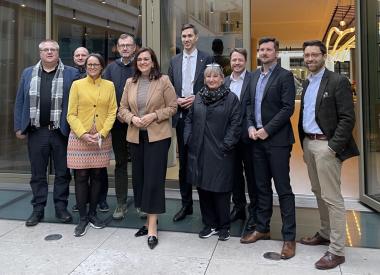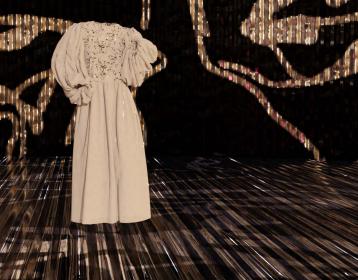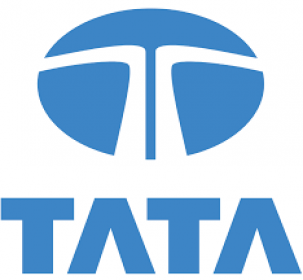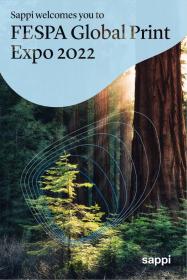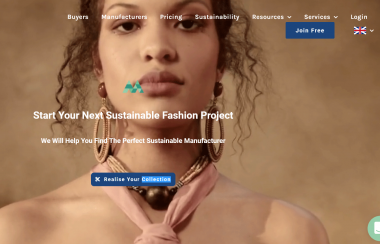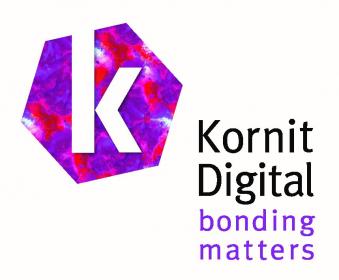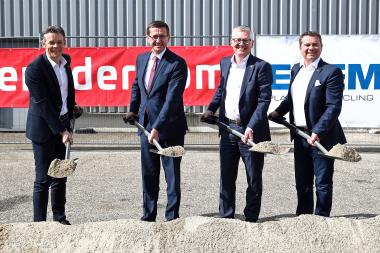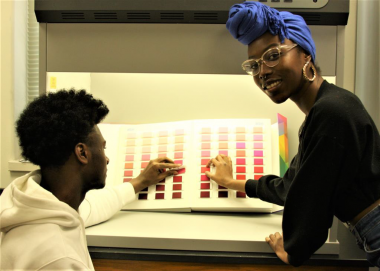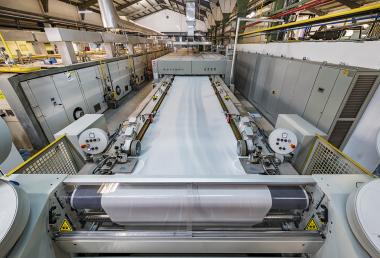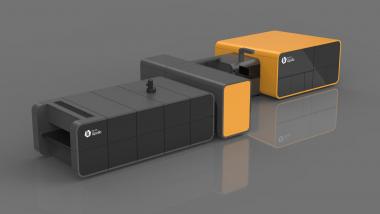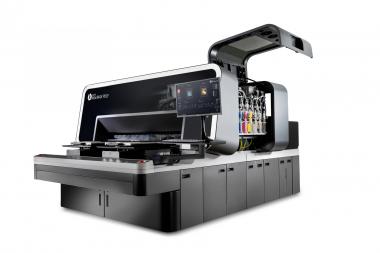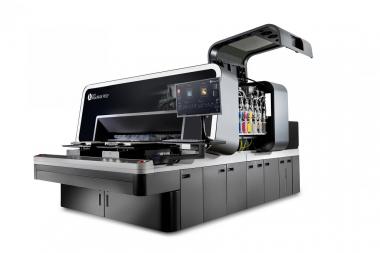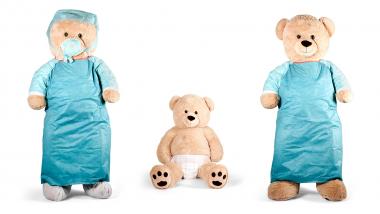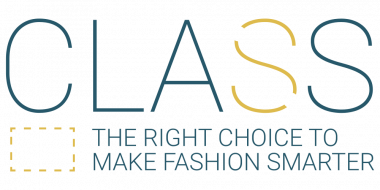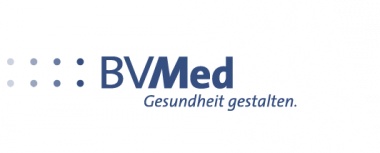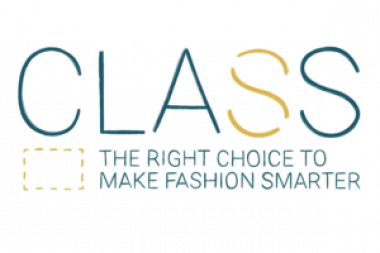Altun Tekstil acquires weft straighteners from Mahlo
Turkish company Altun Tekstil, a manufacturer of home textiles and upholstery fabrics, has ordered a total of five of the latest Orthopac RVMC-15 weft straighteners from Mahlo.
The production of textured yarns, weaving and raschel knitting as well as dyeing and finishing is included in Altun’s operations. While the focus is on tulle curtains and upholstery, the company’s fabric range also encompasses a wide variety for apparel.
When investing in the future, Altun Tekstil has consistently trusted in Mahlo and has installed 10 Mahlo Orthopac RVMC-15 weft straighteners in its two plants since 2016.
Lowest residual distortion at highest speed
All the Mahlo weft straighteners Orthopac RVMC-15 are integrated into existing production lines. Mahlo’s latest weft straightener is fit to interact and communicate via the newly mSmart concept with all production lines and provide historical data, which help to improve the production processes.
The fully integrated units benefit from universal control technology and the intuitive Mahlo mSmart G15 visualization concept. The HMI has been optimized for userfriendliness. The visualisation concept is constantly enhanced and ready for Industry 4.0. The path to a digital future within Altun is prepared.
Mahlo GmbH + Co. KG







